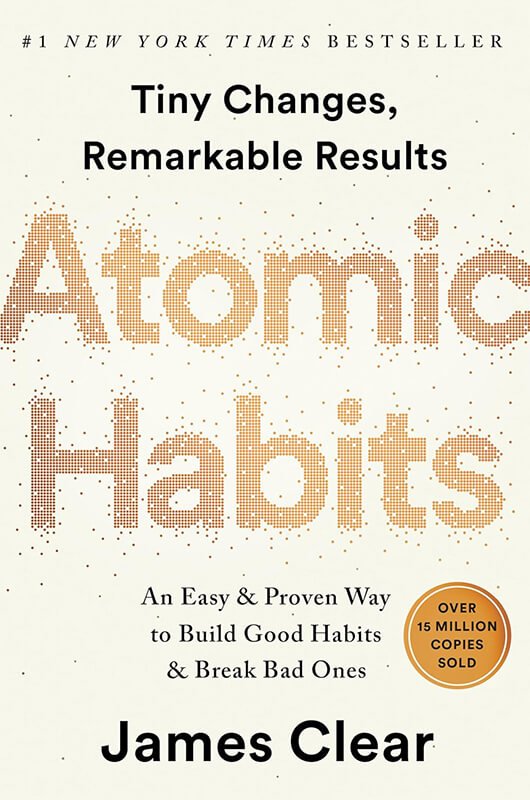In the fast-paced world of technology and product design, Nir Eyal’s “Hooked: How to Build Habit-Forming Products” stands out as a game-changing guide. Published in 2014, this insightful book offers a deep dive into the psychology behind habit-forming products and provides a practical framework for creating them.
Eyal, drawing from his experience in the tech industry and extensive research in behavioral psychology, presents a compelling roadmap for entrepreneurs, product managers, and designers looking to create products that capture and retain user attention in an increasingly crowded digital landscape.
Core Concepts
At the heart of “Hooked” is Eyal’s four-step “Hook Model,” a cycle designed to build customer habits:
- Trigger: What sparks the behavior?
- Action: What is the simplest behavior in anticipation of a reward?
- Variable Reward: How do you satisfy the user’s need while leaving them wanting more?
- Investment: How do you ask the user to put something into the product to increase the likelihood of returning?
- Ethics: What ethical considerations should be consider when creating habit-forming products?
By understanding and implementing this model, Eyal argues that product creators can design experiences that align with users’ problems and desires, ultimately leading to habit formation and product success.
Chapter-by-Chapter Review
The Habit Zone
Eyal sets the stage by explaining what habits are and why they’re crucial for product success in the modern economy. He introduces the concept of “habit-forming potential” and discusses how it applies to different types of products.
Trigger
This chapter delves into both external and internal triggers, explaining how they prompt users to action. Eyal provides strategies for identifying and creating effective triggers that initiate the user’s journey through the Hook Model.
Action
Here, Eyal explores the factors that drive user behavior, introducing the Fogg Behavior Model. He offers practical advice on reducing the effort required for users to take action, thereby increasing the likelihood of engagement.
Variable Reward
Drawing on psychological principles, this section explains why variable rewards are so powerful in creating habits. Eyal categorizes rewards into three types – tribal, hunt, and self – and discusses how to leverage each effectively.
Investment
The final step of the Hook Model focuses on getting users to invest time, data, effort, or money into the product. Eyal explains how this investment increases the likelihood of users returning and progressing through the Hook cycle again.
What Are You Going to Do with This?
Eyal concludes by addressing the ethical considerations of creating habit-forming products. He provides a framework for assessing the morality of manipulating user behavior and encourages readers to use their powers responsibly.
Key Strengths
- Offers a clear, actionable framework for creating engaging products
- Balances theoretical concepts with practical examples and case studies
- Addresses the ethical implications of habit-forming design
- Provides insights applicable beyond just digital products
- Written in an engaging, accessible style
Potential Drawbacks
- Some readers may find the focus on manipulation of user behavior uncomfortable
- The rapid pace of technological change may date some examples
- May not be as directly applicable for non-tech or non-product focused readers
Who This Book Is For
“Hooked” is particularly valuable for:
- Product managers and designers in the tech industry
- Entrepreneurs looking to create engaging products or services
- Marketers interested in understanding consumer behavior
- Anyone curious about the psychology behind habit-forming technologies
Final Review
“Hooked” offers a fascinating and practical exploration of how products can create strong user habits. Eyal’s Hook Model provides a clear, actionable framework that product creators can immediately apply to their work.
The book’s strength lies in its balance of psychological theory and practical application. Eyal breaks down complex concepts into digestible chunks, illustrating each point with relevant examples from successful tech companies. This makes the book both educational and immediately useful.
While some readers may feel uncomfortable with the idea of designing for habit formation, Eyal addresses these concerns head-on in his final chapter on ethics. He encourages readers to consider the impact of their products and use the Hook Model responsibly.
Rating: 4.5/5
An insightful and practical guide to creating products that resonate deeply with users, “Hooked” is essential reading for anyone involved in product design or interested in the psychology of habit formation.

Alternative Books
If you found “Hooked” intriguing, consider these related titles for further exploration of behavior change and product design:

“Atomic Habits” by James Clear
Offers a complementary perspective on habit formation from a personal development angle.
Rating: 4.8/5

“The Power of Habit” by Charles Duhigg
Explores the science behind why habits exist and how they can be changed.
Rating: 4.6/5

“Drive: The Surprising Truth About What Motivates Us” by Daniel H. Pink
Examines the factors that motivate us, which can be valuable in understanding user engagement.
Rating: 4.4/5





